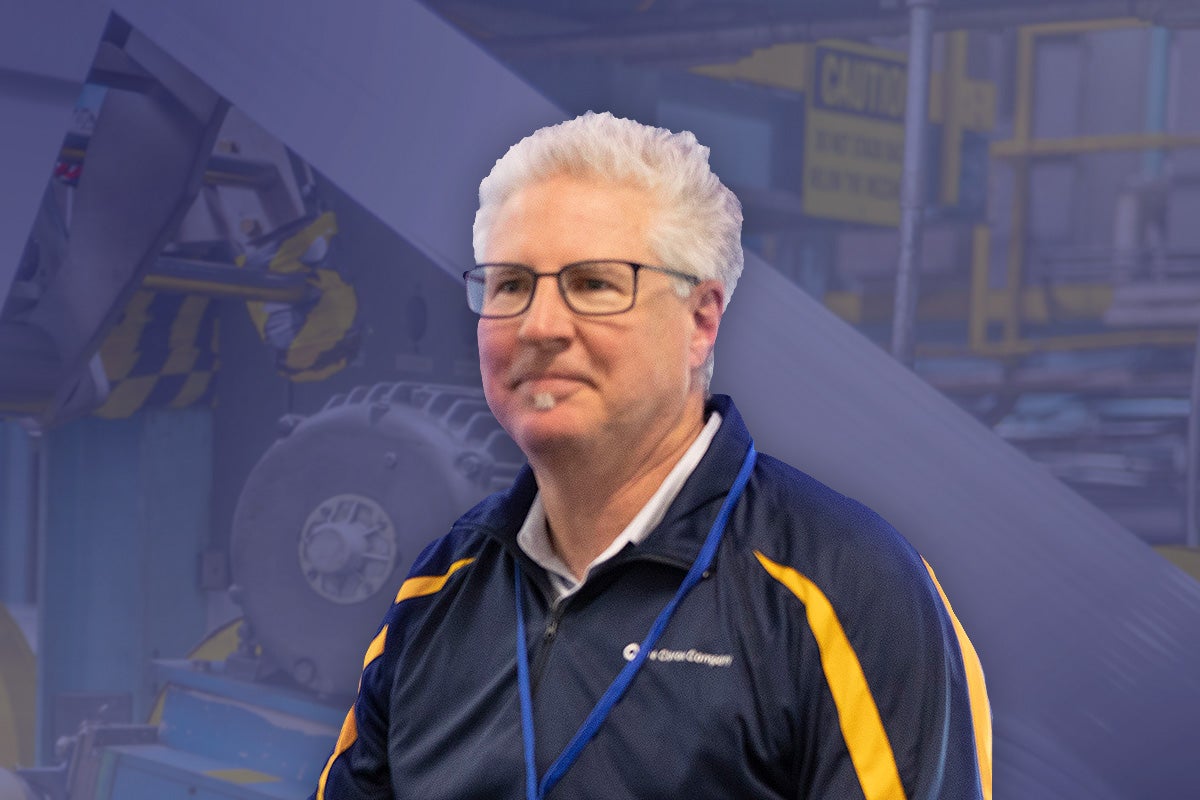Creating a supply chain built on consumer obsession

For National Supply Chain Day, we spoke with our chief supply chain officer, Rick McDonald, about our company transformation to get closer to our customers and consumers. It builds on our existing IGNITE business strategy while applying lessons learned from the COVID-19 pandemic, reflecting a world that’s forever changed.
Q. Since the pandemic, everybody seems to know a little bit about the supply chain. To the uninitiated, can you share at a high level what it involves?
A: At its core, supply chain is a connected system of organizations, activities, data and people designed to source, plan, manufacture and distribute a product from a manufacturer’s conversion operation into a logistics network and on to the consumer.
Q. What was your general approach to work during the pandemic?
A. At the highest level, our approach was based on a commitment to continue to live and uphold our values, no matter what. They’d never betrayed us before, even in the most challenging times. We also led from a people at the center mentality. I had two objectives when we went into COVID: 1) We’re going to keep our people safe and healthy; and 2) We’re going to keep our plants running. Period. All the rest would take care of itself.
Q: Are there things that Clorox and maybe other manufacturers are doing or can do differently to avoid similar types of disruptions in the future?
A: There are a couple things, and they both require a shift in mindset. Publicly traded companies used to be evaluated based on their scarcity mindset — having just the right amount of assets, just the right number of people, never additional capacity until it was needed. The shift we’re going through in the supply chain now is from that mentality of “just in time” to “just in case.” It doesn’t mean there’s a blank check and that you can have all the resources you want, but it does mean you’ve got to evaluate your supply chain back to tier 2 suppliers, what materials or processes are more scarce or don’t have redundancy, and develop robust back-up plans.
Q: Tell me how your function has adapted its business model so it’s better positioned to meet customer and consumer needs when the system faces disruptions.
A: Our company transformation is built on being more consumer obsessed, faster and leaner. In support of those objectives, we’re focused on improving supplier resiliency, rewiring processes, and closing significant digital and automation gaps. Executing these well will enable the supply chain to improve outcomes so we can do business at the speed of the consumer.
Q: Can you tell me more about the transformation of your organization to serve shifting consumer demands?
A: A supply chain leader will now report directly to a general manager, incorporating all core supply chain capabilities — manufacturing, planning, project management, business unit supply chain strategy and some technical resources — within each BU. This will give those closest to the customer and consumer a complete view of demand, supply and the financial impact of trade-offs and choices. New centers of excellence and communities of practice will sit within the Supply Chain Center, driving development of best practices and greater connectivity.
Additionally, we’re establishing new leadership positions, a vice president of supply chain transformation and vice president of strategy and technology, to drive holistic change management efforts.
Q: Can you explain how this transformation will drive better outcomes?
A: We’re redesigning the supply chain to improve results. By moving certain capabilities into the business units, we’ll have the ability to be more flexible when necessary so we’re more responsive to quick shifts in the marketplace. With a growth culture centered around our BUs, we’re empowering our people who are closest to customers and consumers to be responsible for decision-making and holding our BUs accountable for the end-to-end supply chain.




